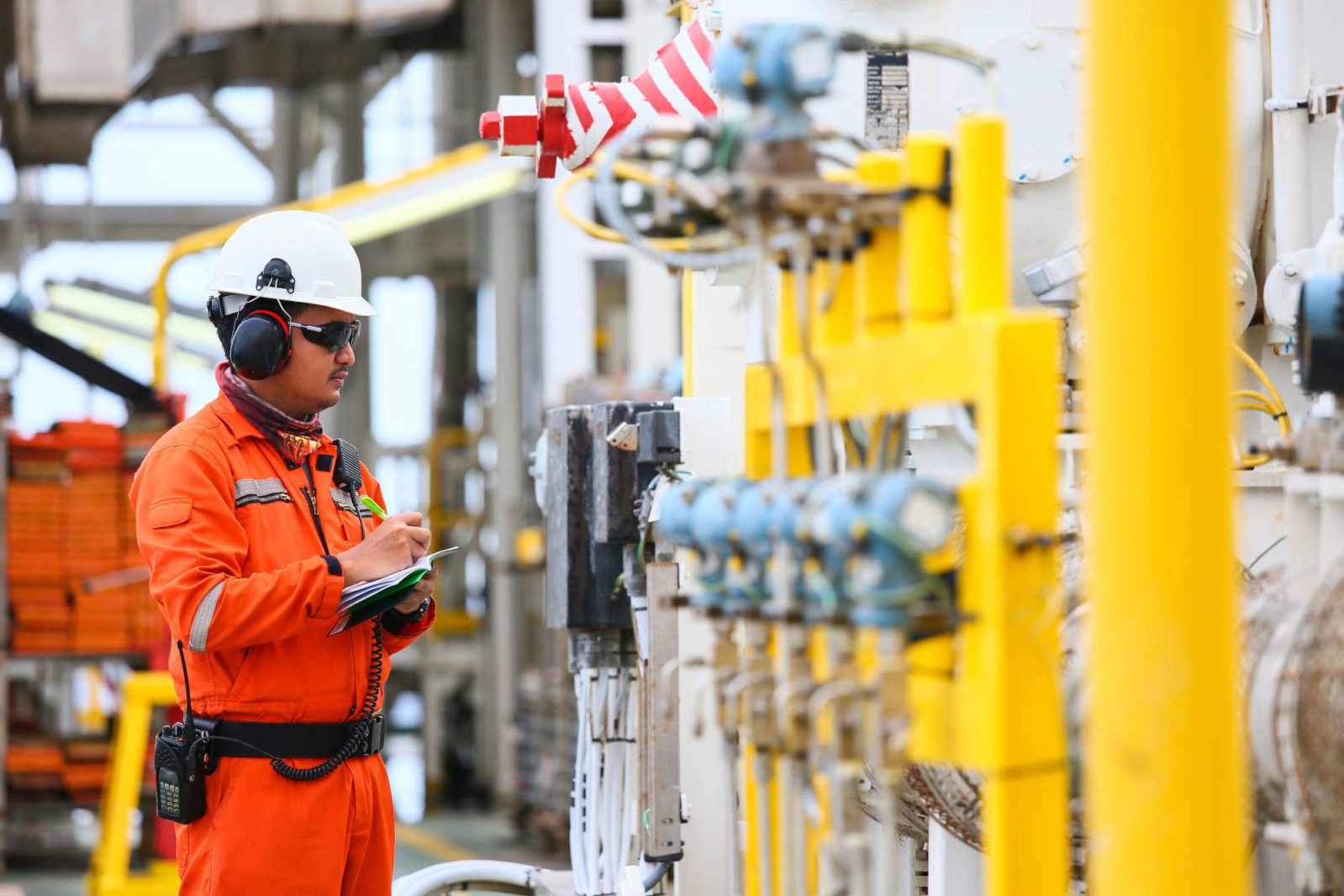Your Guide to Finding the Right Skilled Workers and Decreasing Your Employee Attrition Rates

How is your company doing in regards to your industry’s turnover rate benchmark?
Have you thought about what an acceptable employee turnover rate might be?
Do you know what is a good employee turnover rate?
The reality is that many skilled labor employers have a high employee attrition rate and have no idea what to do about it. On top of that, the skilled worker shortage is making it difficult for employers to find the right employees.
The effects of high employee turnover and lack of ability to find skilled workers are decreased production and revenue. In other words, there’s a high cost to employee attrition and shortages.
So, what can you do to beat the employee turnover industry average for your industry and avoid these costs?
In this article, we’re diving into how to figure out the turnover rate of employees in your company. Then, we’ll talk about the main turnover effects on companies.
Scroll down to read more about why turnover is high and what you can do to combat it.
What Is Employee Turnover?
Employee turnover (or attrition) is the number of employees that leave your company over a certain period of time.
However, there are two different types of turnover:
- Voluntary: Voluntary turnover includes employees who choose to leave your company for some reason, whether it’s your fault as an employer or not.
- Involuntary: Involuntary turnover includes a reduction in workforce labor (layoffs) or termination of poorly performing employees (firings).
In a recent study, the Bureau of Labor Statistics (BLS) found that the employee attrition rate for 2020 across all industries was 57.3%. If you break this statistic down, voluntary turnover was 25% and involuntary turnover was 29%.
As an employer, you want to ensure that both types of turnover are low in your organization.
So, knowing your company’s turnover rate can help you understand what’s going on and if you need to change anything in the hiring and retaining process.
How to Figure Out Turnover Rate of Employees
When calculating your employee attrition rate, you’ll want to look at both voluntary and involuntary turnover.
To figure out your company’s turnover rate, what you do is:
- Select your group of employees (voluntary or involuntary leavers)
- Estimate your total average employee headcount (or take the exact number if known)
- Add up the total number of leavers
- Divide the number of leavers by your headcount
- Multiply this figure by 100
The final number is your employee turnover rate for this group of employees. You can also use this formula to calculate employee turnover for the month, quarter, year, etc.
Here’s an example to further help you understand employee turnover rates:
- A manufacturing plant owner employs 100 skilled workers
- Last quarter they had 12 people voluntarily leave the company and 10 involuntarily leave
- For voluntary turnover, the equation is: (12/100) * 100 =12% employee turnover rate
- For involuntary turnover, the equation is: (10/100) * 100 = 10% employee turnover rate
Now, the owner can implement new hiring/retention strategies and track these turnover rates to see if anything improves. They can also compare their rate to their employee turnover industry average to see how they stack up against competitors.
What Is a Good Employee Turnover Rate?
The best employee turnover rate would be 0%. However, that’s virtually impossible. People will always be coming and going, even if you do everything right as an employer.
Instead, a “good” employee turnover rate will be industry-specific—meaning, an acceptable employee turnover rate for one industry may not be the same for another. So, it’s important that you consider your turnover rate compared to your industry’s overall turnover rate benchmark.
At the same time, you don’t simply want to look at your rate compared to the industry average, see that it’s lower, and think you’re good to go.
You can always make improvements and seek to decrease your employee attrition rate. Even if you have an employee turnover rate of 5% or lower, there may still be opportunities to get that number down.
We’ve talked generally about employee turnover rates. Now, let’s look more specifically at how a high turnover rate impacts an organization and how you can decrease the effects of high employee turnover in the trades.
What Are Employee Turnover’s Effects on Companies?
If you’re a skilled labor employer, then employee turnover will affect your company. When you can’t find, hire, and retain top talent, you’ll find yourself understaffed and incurring a lot of extra costs—tangible and intangible costs.
Here’s a look at what these tangible and intangible costs are for employers in the skilled trades.
Tangible Costs
Tangible costs are the actual dollar amounts it costs you to hire and then lose an employee.
A study by SHRM found that the average cost-per-hire for companies is around $4,129. In addition, if you have an internal HR or hiring team, you’re also paying them to find and hire employees.
Some of the other tangible costs of employee turnover are:
- Lost production and revenue
- Missed deadlines or deliveries
- Having to redo work or orders
- Increased worker’s comp/healthcare costs for overworked employees or safety issues that arise from being understaffed
- Paying higher wages for lower quality employees
The bottom line is that when employees leave your company at a higher rate than you can replace them, you lose a lot of money.
Intangible Costs
There are also a number of intangible (or hidden) costs that arise from high employee attrition rates.
Lost Opportunities
First and foremost, a lack of adequate staff hinders your ability to grow your business.
When you’re struggling to keep up current production or fill necessary roles for urgent tasks, you can’t spend any time, money, or energy planning for future growth. You also can’t take on additional work or contracts.
If all you’re doing is replacing employees to keep the status quo, you’re not in a place to step into new opportunities when they arise.
Stress and Burnout
One hidden cost of being understaffed is increased stress and burnout as your employees handle more labor and work longer hours.
Here are some statistics behind the costs of burnout:
- Burnout often leads to disengaged employees, who cost employers 34% of their annual salary as a result
- Burned-out employees are 2.6x more likely to look for another job
- Employees who are burned out are 63% more likely to take a sick day
In addition, when employees are stressed and burned out, there will be an overall loss of staff morale. This decrease in morale will further affect your employees and company culture.
Reputation
Employee turnover can also tarnish your reputation as a business and as an employer.
As a business, you need workers to keep production high and meet deadlines/make good on contracts. When you lack adequate staff, you can miss deadlines and deliveries. Missing deadlines can cause current customers to become unsatisfied or look for other partners. They also won’t speak highly about you or give positive reviews to potential referrals.
In addition, a workplace that experiences high employee attrition rates will get a reputation as a bad place to work. Your turnover rates will speak volumes to potential employees when they’re deciding on applying to or working for you.
Anytime a trade laborer leaves your organization (whether voluntarily or involuntarily) there will be costs. So, your goal is to recognize areas you can improve that can help keep employees around.
Overcome Your Industry’s Turnover Rate Benchmark
Employee attrition (turnover) rates refer to the number of people who leave your organization compared to the total number of employees who stick around.
Every company in every industry will experience some level of employee turnover, and each industry will have it’s own turnover rate benchmark.
By understanding your employee turnover rate and comparing it to the employee turnover industry average for your industry, you can see how you stack up against your competitors. It will also help you start thinking about what an acceptable employee turnover rate is for your company.
As a skilled labor employer, you want to try to decrease your turnover rate and retain more employees. Otherwise, you’ll constantly be understaffed, and being understaffed leads to high tangible and intangible costs.
So, how do you keep positions filled and turnover low as a skilled labor employer?
At Skillwork, we use our proprietary travel staffing model to help employers find quality talent when they need it. Here’s what makes our process different and valuable for skilled labor employers:
- We expertly gate and vet candidates to ensure they have the necessary skills and experience for any position.
- Our workers have a desire to show up on time and do the work expected of them.
- We pay our workers above-average wages, further incentivizing them to handle their roles and responsibilities well.
- Our travel staffing approach allows us to search all over the country for high-quality talent, so you don’t have to settle for underqualified workers
You don’t want open positions or workers coming and going. We provide employers with skilled laborers who show up and get the job done.
Contact us today for a no-obligation consultation to see how we can help you reduce turnover, jumpstart productivity, and increase revenue.

